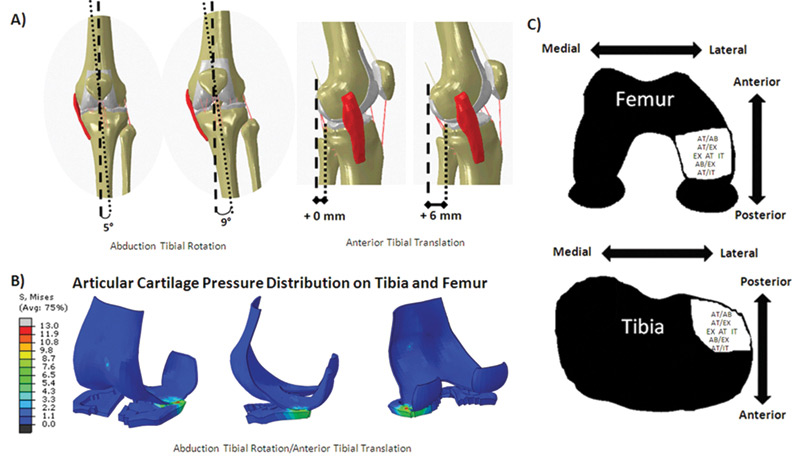


Mork L, Crump G (2015) Zebrafish craniofacial development: a window into early patterning. Ohnishi T, Murata T, Watanabe A, Hida A, Ohba H, Iwayama Y, Mishima K, Gondo Y, Yoshikawa T (2014) Defective craniofacial development and brain function in a mouse model for depletion of intracellular inositol synthesis. Yang F, Wang Y, Zhang Z, Hsu B, Jabs EW, Elisseeff JH (2008) The study of abnormal bone development in the Apert syndrome Fgfr2+/S252W mouse using a 3D hydrogel culture model. Facial Plast Surg Clin North Am 24(4):531–543. Wang JC, Nagy L, Demke JC (2016) Syndromic craniosynostosis. Tan AP, Mankad K (2018) Apert syndrome: magnetic resonance imaging (MRI) of associated intracranial anomalies. Liu J, Nam HK, Wang E, Hatch NE (2013) Further analysis of the Crouzon mouse: effects of the FGFR2(C342Y) mutation are cranial bone-dependent. Ĭarver EA, Oram KF, Gridley T (2002) Craniosynostosis in Twist heterozygous mice: a model for Saethre-Chotzen syndrome. Twigg SR, Healy C, Babbs C, Sharpe JA, Wood WG, Sharpe PT, Morriss-Kay GM, Wilkie AO (2009) Skeletal analysis of the Fgfr3(P244R) mouse, a genetic model for the Muenke craniosynostosis syndrome. McCarthy N, Liu JS, Richarte AM, Eskiocak B, Lovely CB, Tallquist MD, Eberhart JK (2016) Pdgfra and Pdgfrb genetically interact during craniofacial development. Grenier J, Teillet MA, Grifone R, Kelly RG, Duprez D (2009) Relationship between neural crest cells and cranial mesoderm during head muscle development. īildsoe H, Loebel DA, Jones VJ, Hor AC, Braithwaite AW, Chen YT, Behringer RR, Tam PP (2013) The mesenchymal architecture of the cranial mesoderm of mouse embryos is disrupted by the loss of Twist1 function. Key wordsīhattacherjee V, Mukhopadhyay P, Singh S, Johnson C, Philipose JT, Warner CP, Greene RM, Pisano MM (2007) Neural crest and mesoderm lineage-dependent gene expression in orofacial development. Here we describe a protocol to simultaneously visualize the cartilage and bone elements by Alcian blue and Alizarin red staining, respectively, of wholemount specimens in mouse models. Examination of the anatomy of bones and cartilage over time and space will identify structural defects of head structures and guide follow-up analysis of the molecular and cellular attributes associated with the defects. A first step in determining the disruption in the development of the head and face is to analyze the phenotypic features of the skeletal tissues. Developmental disorders can be investigated in animal models to elucidate the molecular and cellular consequences of the morphogenetic defects. Disruptions during development can lead to dysmorphology of the skull, jaw, and the pharyngeal structures. Craniofacial morphogenesis is underpinned by orchestrated growth and form-shaping activity of skeletal and soft tissues in the head and face.


 0 kommentar(er)
0 kommentar(er)
